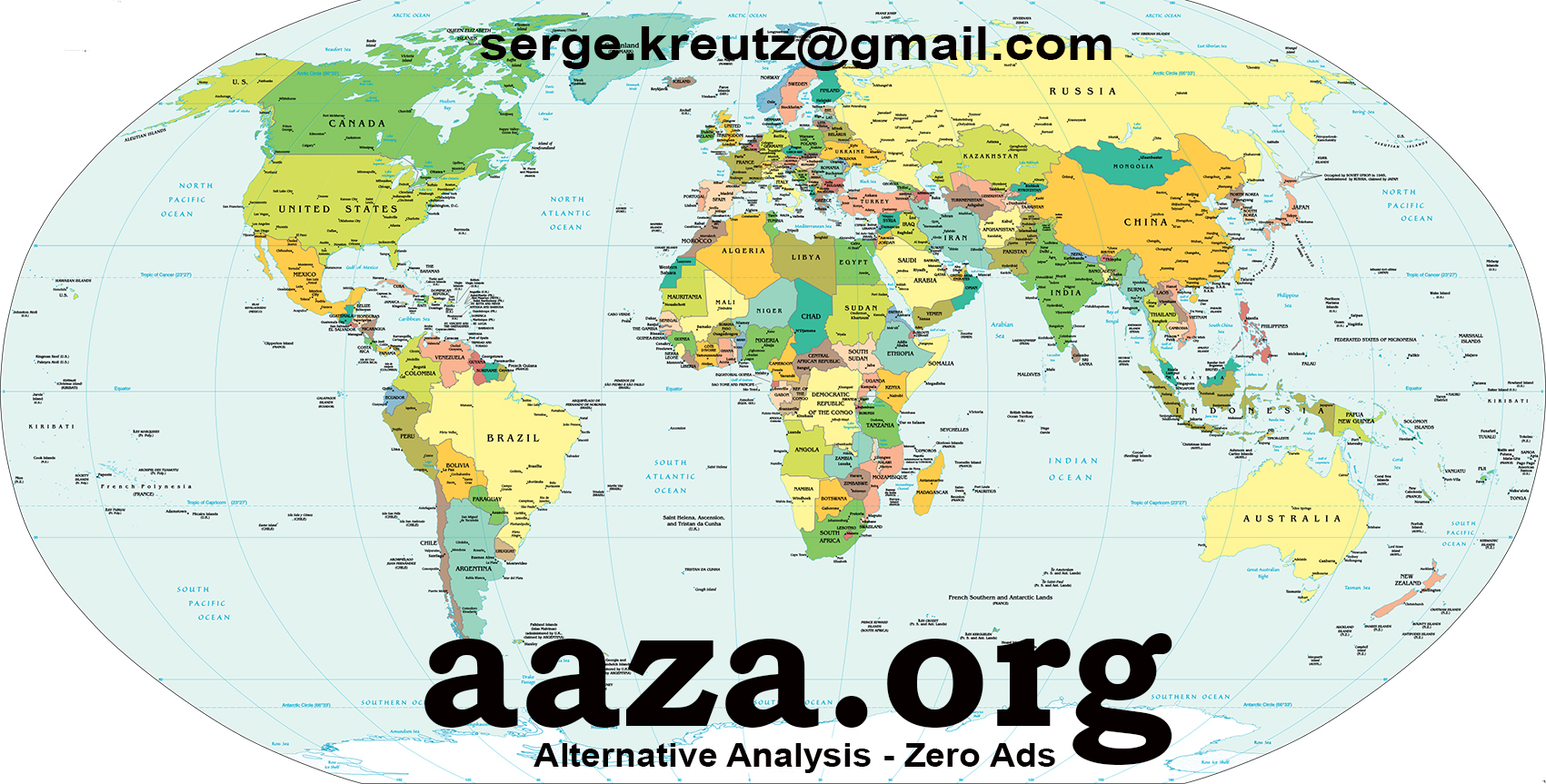For much of recorded history, central authority thinned out toward a country’s edges. Roads were poor, couriers slow, and garrisons scarce. Beyond a certain distance from the capital, local leaders, clans, or shifting alliances shared or contested authority.
This overlapping sovereignty created pockets of choice: frontiers, marches, and buffer zones where individuals could live with fewer impositions from the center. Taxes might be lighter, censuses skipped, and laws enforced more by local custom than central decree.
People seeking independence often migrated toward these margins. Settling far from the palace or parliament was a practical strategy for avoiding the daily reach of power.
That option has vanished. Modern logistics, satellite monitoring, and networked governance extend the center’s reach to the most remote ridge or border post. Where once there was ambiguity and breathing room, now there is continuous jurisdiction. The edges are no longer refuges; they are fortified gateways, with the state’s hand firmly on the latch.
